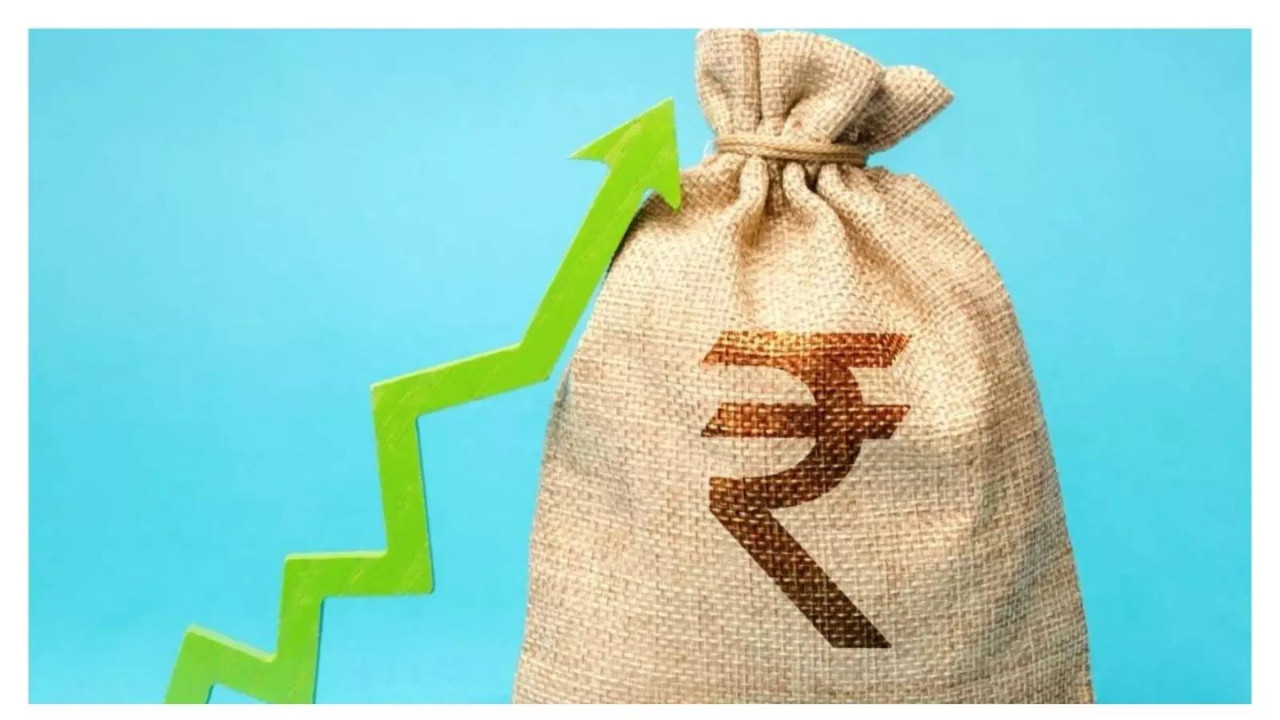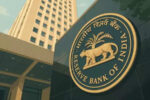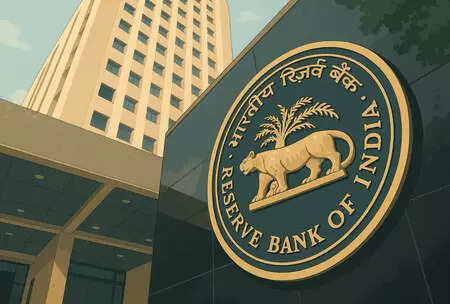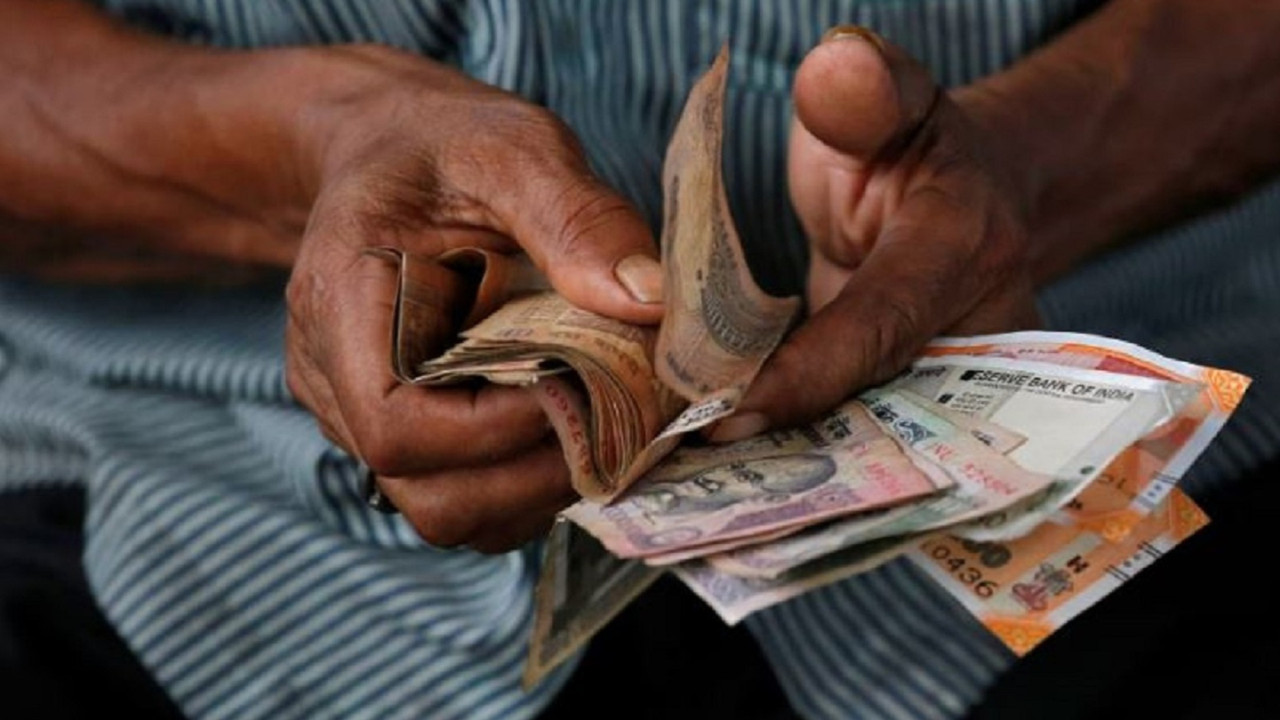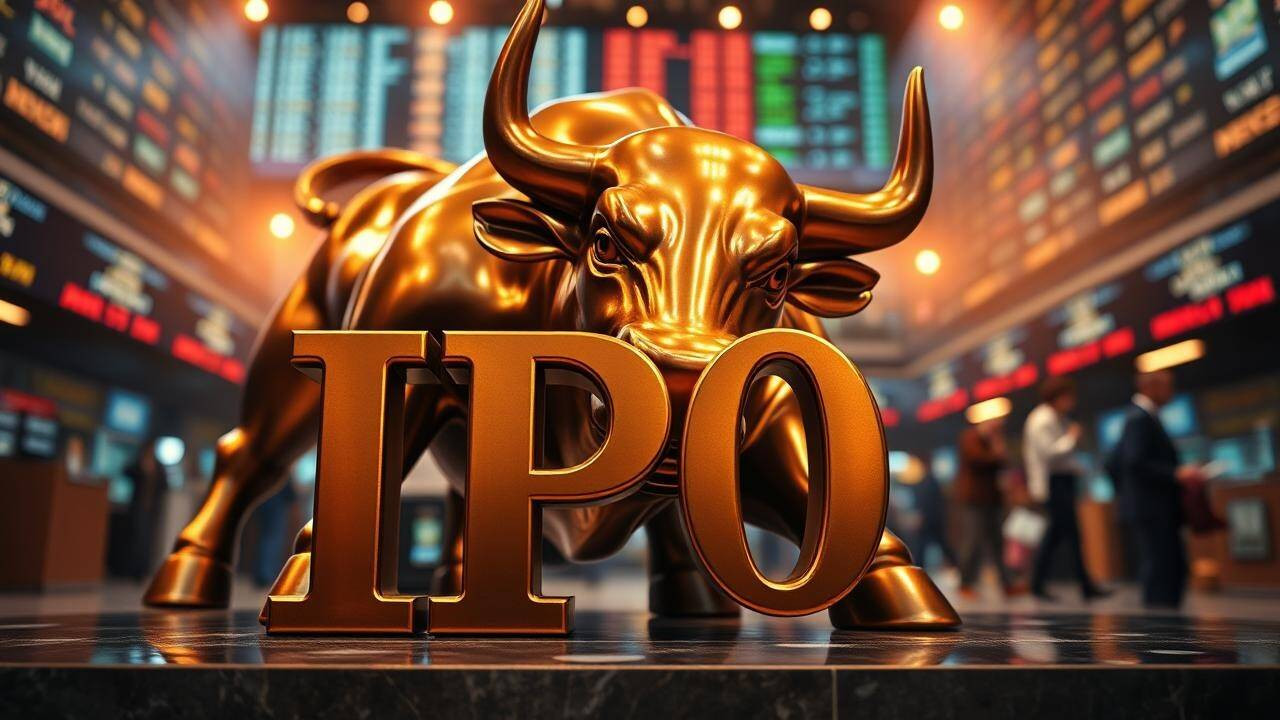Despite repo rate cuts, some small finance banks offer attractive FD rates above 8%. Slice Small Finance Bank leads with 9% for specific tenures. While these banks target underserved regions and offer higher returns, analysts advise caution due to their elevated risk profiles compared to commercial banks, even with deposit insurance.
Riding the Fixed Deposit Wave: Snagging High Interest Rates Now
The financial landscape can feel like a constant ebb and flow, a restless ocean of shifting rates and evolving investment strategies. But even in choppy waters, certain harbors offer safe and potentially lucrative haven. Right now, it’s worth taking a closer look at fixed deposits (FDs). While the Reserve Bank of India (RBI) recently trimmed rates, a surprising number of institutions are still dangling attractively high interest rates, some reaching up to a tempting 9%. Let’s dive into why this is happening and how you can make the most of it.
Why are some FDs bucking the trend? It’s a question many are asking. The answer lies, in part, in the competitive landscape of the lending market. Smaller finance companies and even some cooperative banks often need to attract deposits aggressively to fuel their lending operations. Offering higher interest rates on fixed deposits is a proven strategy to draw in customers. This is especially true in an environment where traditional banks might be more cautious with their rates.
Finding the Sweet Spot: Maximizing Your Fixed Deposit Returns
So, where can you find these higher rates? A little digging reveals several options. Small finance banks (SFBs) are frequently at the forefront, offering competitive yields to attract depositors. Don’t dismiss cooperative banks either; some offer surprisingly appealing rates. It’s crucial to remember that these higher rates often come with a slightly elevated level of risk compared to deposits in larger, more established banks. Due diligence is paramount.
Before you jump in, research the financial health and stability of the institution offering the FD. Look for credit ratings, if available, and carefully review the terms and conditions. Understand the lock-in period, premature withdrawal penalties, and any other fees involved. Remember, chasing the highest rate shouldn’t come at the expense of security.
Decoding the Fine Print: What to Consider Before Investing
Beyond the headline interest rate, several factors deserve your attention. The tenure of the FD is a key consideration. Generally, longer tenures attract higher interest rates, but you’ll also need to be comfortable locking up your funds for that duration. Consider your liquidity needs and financial goals before committing.
Tax implications are another crucial aspect. Interest earned on FDs is taxable as per your income tax slab. Explore options like tax-saver FDs (with a five-year lock-in) to potentially reduce your tax liability under Section 80C of the Income Tax Act. Consider spreading your investments across multiple FDs of varying tenures to balance risk and liquidity.
Don’t overlook the power of compounding. Choose FDs that offer compounding of interest (either monthly, quarterly, or annually) to maximize your returns over the long term. The frequency of compounding directly impacts the overall yield.

Navigating Risk and Reward: A Balanced Approach to FDs
Investing in fixed deposits is generally considered a relatively safe option, especially compared to more volatile asset classes like stocks. However, it’s not entirely risk-free. As mentioned earlier, the stability of the financial institution offering the FD is a key factor. Diversification is always a good strategy. Don’t put all your eggs in one basket. Consider spreading your fixed deposit investments across different banks and tenures.
It’s also worth comparing fixed deposit rates with other fixed-income options like debt mutual funds or government bonds. While these alternatives might carry slightly different risk profiles, they could potentially offer better returns depending on market conditions. Understanding the nuances of each option is crucial for making informed decisions. You can also find related info in our article about the pros and cons of investing in treasury bills.
Is Now the Right Time to Lock In?
Predicting the future of interest rates is a fool’s errand. However, with the recent RBI rate cut, it’s possible that fixed deposit rates could decline further in the coming months. Locking in a high interest rate now might be a prudent move if you’re looking for a stable and predictable return on your investment. This window of opportunity might not last forever, so careful consideration is key.
Ultimately, the decision to invest in fixed deposits depends on your individual financial circumstances, risk tolerance, and investment goals. Carefully evaluate all the factors discussed above, conduct thorough research, and choose the options that best align with your needs. Don’t be afraid to seek professional financial advice if you’re unsure about any aspect of the process. The right fixed deposit strategy can be a valuable tool for building a secure financial future.
